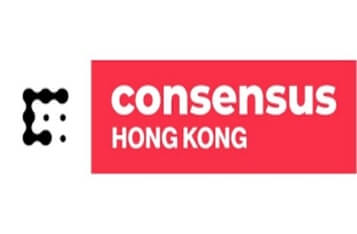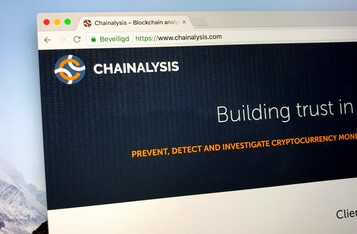Reimagining EVM Storage: Addressing Key Blockchain Challenges
The Ethereum Virtual Machine (EVM) is a cornerstone of blockchain technology, responsible for managing persistent data, including smart contracts and accounts. However, as blockchain networks expand, the storage layer of the EVM faces significant challenges, including high gas costs and state bloat, according to Sei.
The EVM Storage Layer and Its Limitations
The EVM's storage layer is tasked with maintaining persistent data, which remains even after a smart contract has finished executing. This layer involves several components such as program code, program storage, and machine state. However, the EVM's reliance on a modified Patricia Merkle Tree (MPT) for data storage leads to high computational complexity and gas costs, particularly for write operations. As the blockchain state grows, nodes require more resources, making it challenging to participate in the network with standard hardware.
Exploring Solutions for EVM's Storage Challenges
The blockchain community is actively seeking solutions to address these issues. One approach involves the use of alternative data structures like Verkle Trees, which offer smaller proof sizes and faster verification. Ethereum's community is also exploring improvements through Ethereum Improvement Proposals (EIPs) such as EIP-2929 and EIP-2930, which optimize state access patterns and gas calculations.
Additionally, other blockchain platforms are experimenting with innovative storage models. Solana, for instance, employs a flat account model that simplifies data access and enhances transaction throughput. It uses memory-mapped account storage to reduce latency and optimize read operations.
Innovative Approaches from Other Blockchains
Beyond Ethereum, blockchains like Solana and Sui are implementing novel strategies to manage state efficiently. Solana's flat account model and memory-mapped storage enable direct access to account data, eliminating the need for complex tree traversals. Meanwhile, Sui leverages an object-centric model using the Move programming language, which facilitates efficient serialization and parallel transaction processing.
Sei proposes separating state commitment and storage, employing MemIAVL for in-memory operations, and optimizing state storage for historical queries. This approach aims to reduce disk I/O and enhance read speeds, particularly for consensus-related data.
Conclusion
The challenges faced by the EVM's storage layer, such as high gas costs and state bloat, necessitate innovative solutions. By exploring new data structures, optimizing consensus operations, and implementing efficient storage techniques, the blockchain community can address these limitations and enhance network scalability and efficiency. As research continues, the potential for more scalable and decentralized blockchain infrastructures grows, promising a more robust future for blockchain technology.








